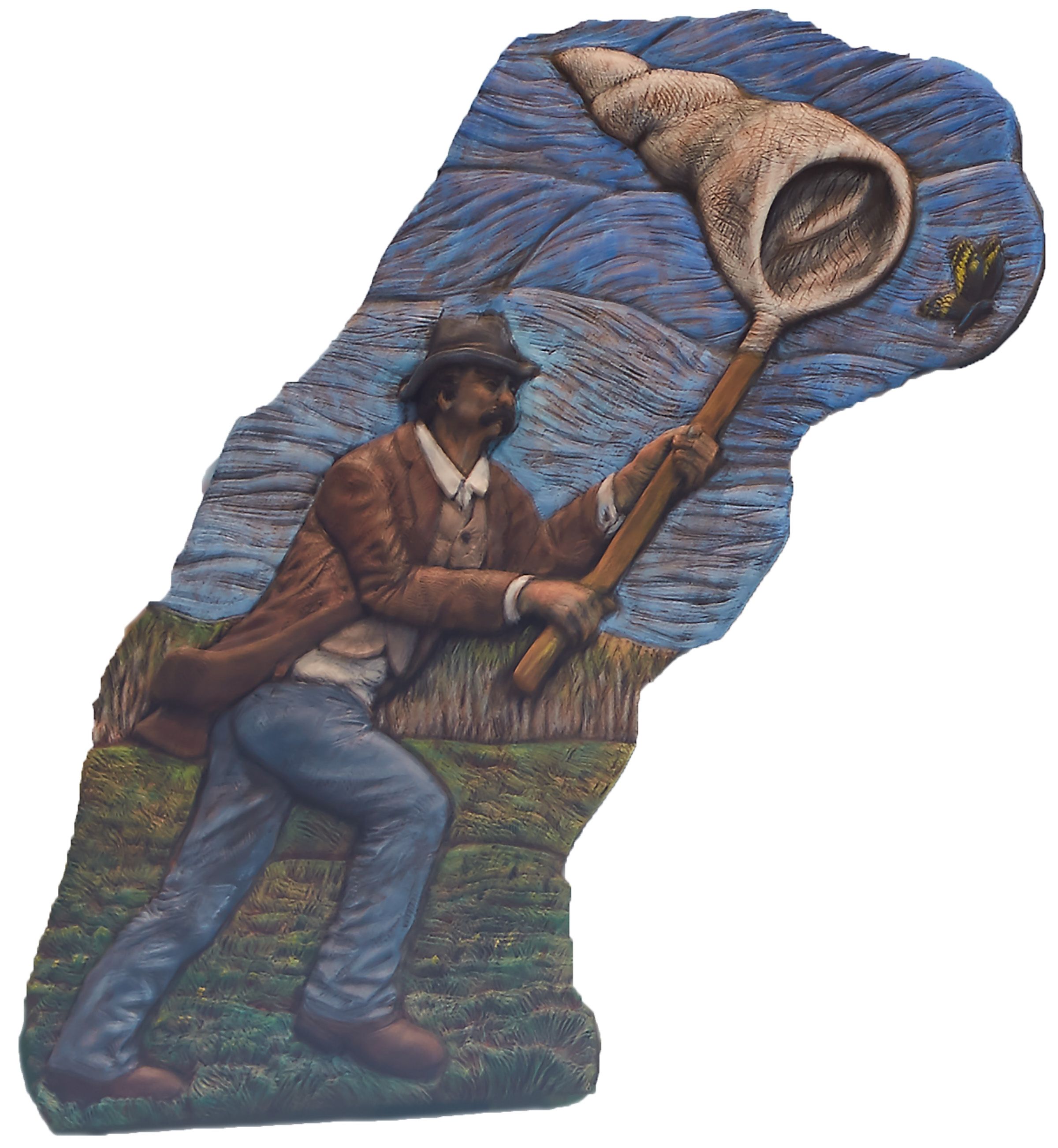
This central Alberta trail is considered a very old and well used Indigenous trail that ran north/south. It was originally called the North Trail and later the Wolf Trail. It became known as the Calgary and Edmonton (C & E) Trail around 1875, when the NWMP established Fort Calgary, and further developed the trail up to the Edmonton area.
Soon after, there were stops all along the C & E Trail, from Calgary to Edmonton, where stage lines and freighters hauled passengers, mail and goods. These stops were places to overnight, eat and rest, and change horses, if needed. Many of the people who ran these stopping houses or drove the freight wagons were Métis and were integral to the economic workings of the area. Their Red River carts had already created trails that crisscrossed the prairies, supplying western posts for years.
The first stagecoach run on the C & E Trail was the Royal Stage Lines, starting in July of 1883, carrying the mail and two passengers on a regular route between Calgary and Edmonton. They were soon followed by the Calgary and Edmonton Stage that first ran in August of 1883. The run averaged about 10 -15 days (as short as 5 -7 days in best conditions) and the coaches were quite basic; a large wagon being pulled by four horses, with two seats facing each other at the back and covered with a canvas canopy. The freight was loaded in the larger section behind the driver's seat. Sleigh runners replaced the wheels in winter and if the snow was exceptionally deep, dog sled teams were used instead.
There were many perils on the trail along the way, including weather (snow, rain, cold, fog) and river crossings, especially during spring run-off, of which the crossing at the Blindman River was noted by drivers as one of the worst. In 1883, D. McLeod's stage got stuck in the river, and in 1884 a mail carrier upset in the river that drowned one of the horses and all the mail got soaked. The two men were thrown into deep water and one swam to shore while the other swam to cut the harness, freeing the other three horses. Another freight driver waiting on the shore to cross, rode in on his horse and tied a rope to the pole of the wagon to drag it out of the river.

Calgary and Edmonton Stage, 1890
A trip in 1890 saw a freighter start at Calgary with wheels, change to sleigh runners by Olds due to heavy snow, and then change back to wheels by Ponoka where the snow stopped, before arriving in Edmonton. One freight driver estimated a loss of 50 horses on the trail in 1888 alone.
From 1883 to 1890 the C & E Trail was one of the most travelled wagon roads in Canada, and during the height of this boom period, upwards of five million pounds of freight was moved along this trail in one year. In 1892 there were an estimated 3134 living people between Edmonton and Calgary, close to or along the C & E Trail.
With the C & E Railroad being built, starting in 1890, and reaching south of Edmonton by the summer of 1891, the stagecoach and freight wagons ran until August of 1891, when operations ceased. Initially, only one train a week ran north from Calgary to Edmonton. The Blindman River crossing had a permanent traffic bridge on the C & E Trail by 1912.

The traffic bridge and the CPR bridge. Looking SW from the north side of the Blindman River, on the C & E Trail. Circa 1912

Just SW of Blackfalds, an aerial view of the C & E Trail, where it crosses the Blindman River, and the old silver traffic bridge, circa 1980. There is now a walking bridge here, built in 2010, part of the Trans Canada Trail. The CPR bridge runs beside







